My first day of volunteering was a great experience. I met with Jon-Mario Bautista, manager of the Whitman Tropical Fruit Pavilion around 9 am and we worked together until about 12:30.
According to Fairchild's website, the fruit pavilion is the first of its kind in the United States:
The Whitman Tropical Fruit Pavilion provides visitors with a trip to the tropics where they will be able to view, feel and even possibly taste some of the most exotic tropical fruit species found in places like Borneo, the Amazon, Indonesia, Thailand and Malaysia. Our pavilion was dedicated on November 8, 2003. The pavilion, funded by a five million dollar donation from the Whitman family, features specially chosen and grafted trees that will allow them to fruit earlier, with superior quality, making them horticulturally significant from their wild counterparts.
Our first task in this special place was to clear the grounds of fallen leaves. I thought it would be extremely hot and buggy, but somehow it was bearable. Even though the thermometer read 100 degrees Fahrenheit, the air circulated because of fans and screened windows. And as for the mosquitoes, there were very few.
After about an hour of clean-up, Jon and I pruned branches that were growing into the path. Our first plant was the chocolate tree, Theobroma cacao. I had to make sure I pruned just above a fresh bud. Next, we moved on to the Salak palm, which produces a fruit that's popular in Indonesia. This thorny palm doesn't have a single trunk; rather, it has several that tend to be top heavy and droop, so the plant has to be bound at the base. I discovered some new fruit growing at the base of one of the Salaks.
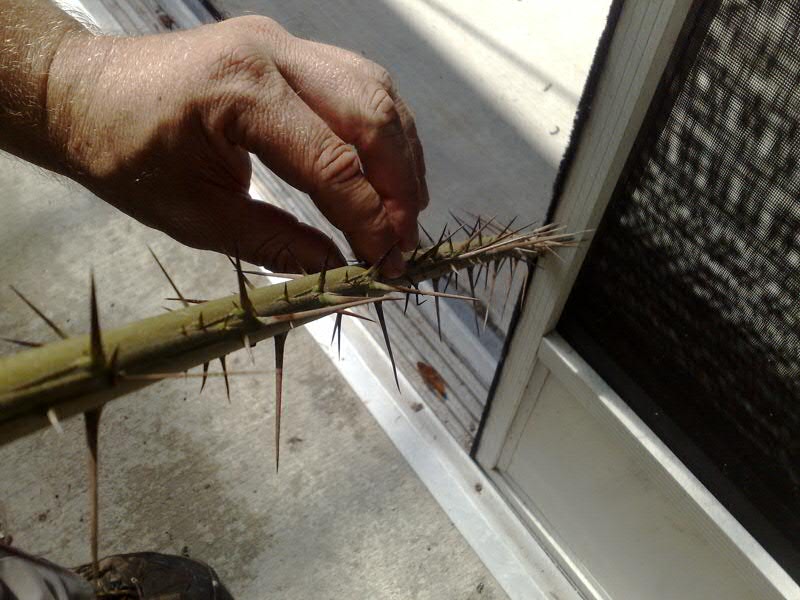 Ouch! Jon wasn't wearing gloves, but I was. Not that it mattered -- the thorns will pierce even the toughest fabric.
Ouch! Jon wasn't wearing gloves, but I was. Not that it mattered -- the thorns will pierce even the toughest fabric.Next, Jon and I moved on to the outside, where we spent some time removing dead leaves and flowers from the Red Button Ginger. While we were engaged in this task, Mike Maunder, PhD, the garden's Executive Director, drove by on a golf cart and stopped to say hello. He was very personable and welcomed me to the family.
Later, we removed some weeds from around the pineapple. I was rewarded for my work with a taste of a fresh, ripe pineapple Jon had picked from the grounds recently. It was the most delicious pineapple I have ever had! Juicy, meaty and not overly-sweet -- it was just right. I had been regaling Jon with tales of my trip to Grenada, and so maybe it was all the talk about nutmeg that made me swear there were hints of spice in the pineapple.
Most people would probably shy away from this kind of work, especially in the middle of the summer in Miami, but for me, it's also a spiritual practice that works on so many levels. Connecting with nature is very grounding. In this crazy, hectic world we live in, a sense of "groundedness" is something I have to take time to cultivate. It helps me get out of my head and into my body, which is the best way to deal with stress and anxiety. Also, by focusing on one single, simple task at a time, my mind becomes free from worry and in so doing, I create space for more creativity. It seems that gardening is all about working on plants, but in reality, the plants are also working on you.
Taking care of living things helps me appreciate the air in my own lungs. And just the act making one tiny spot on the earth a more beautiful place is reward enough in itself.
When I moved off Miami Beach recently, I left behind a little patch of grass I called my garden. I brought my six orchids with me -- what's left of all the gardens I've had in the past. I feel very fortunate now to have such an incredible garden to take care of, collectively, with others who share the same passion.
To learn more about Fairchild's Tropical Fruit Program, click here.

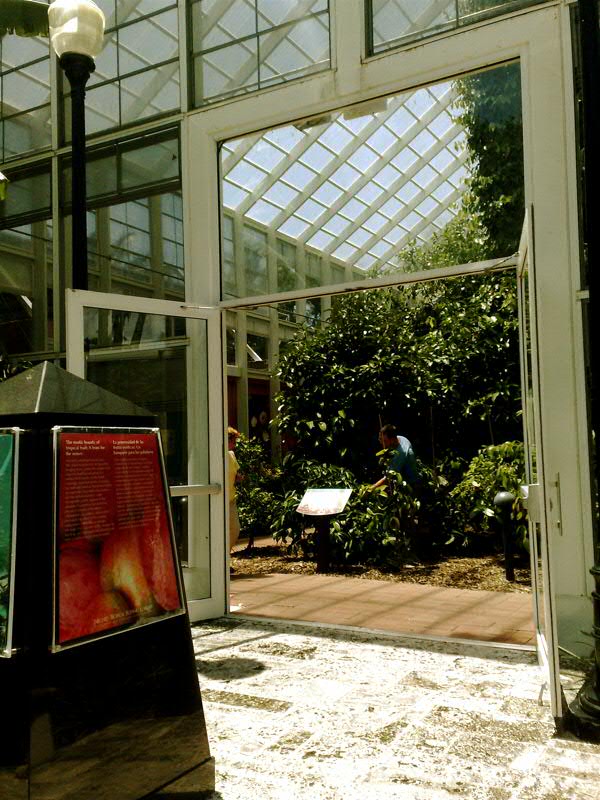
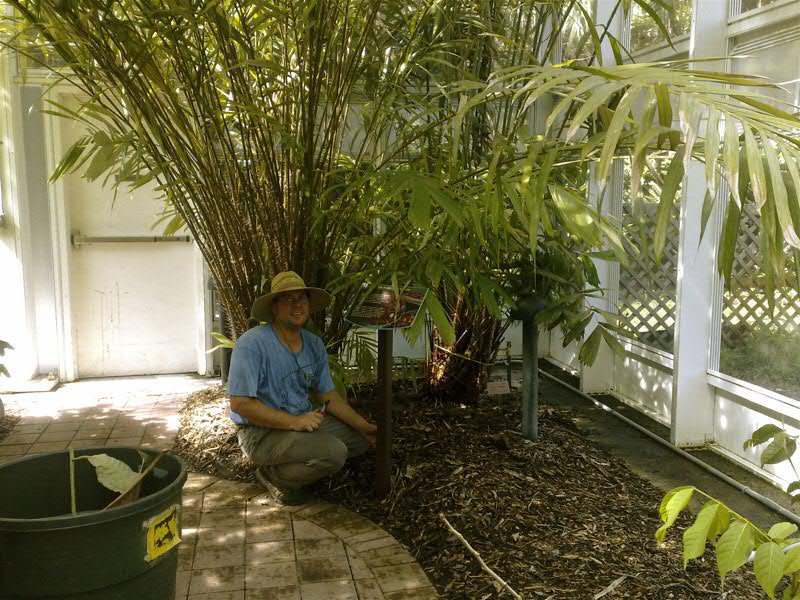
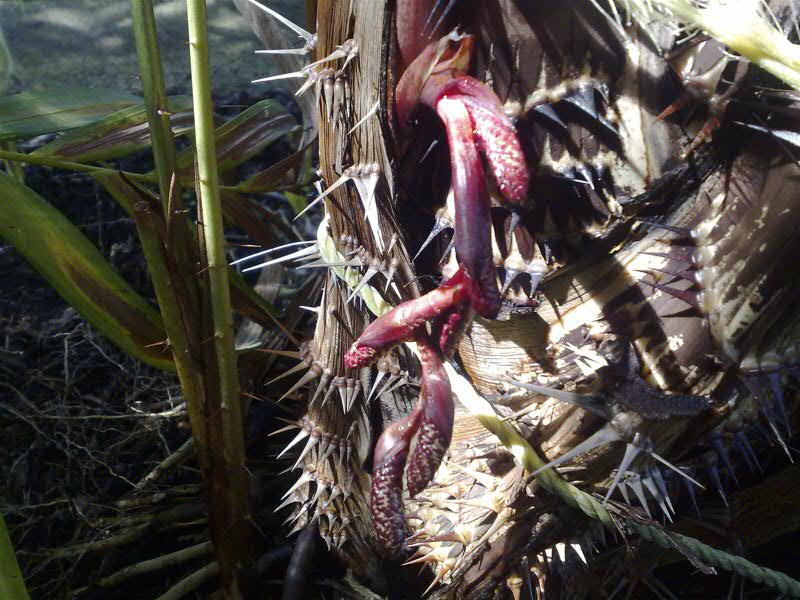
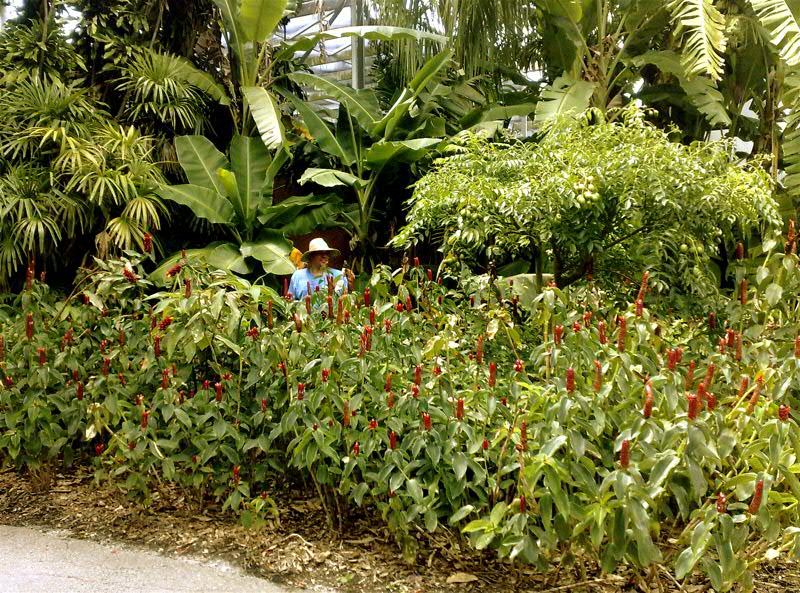

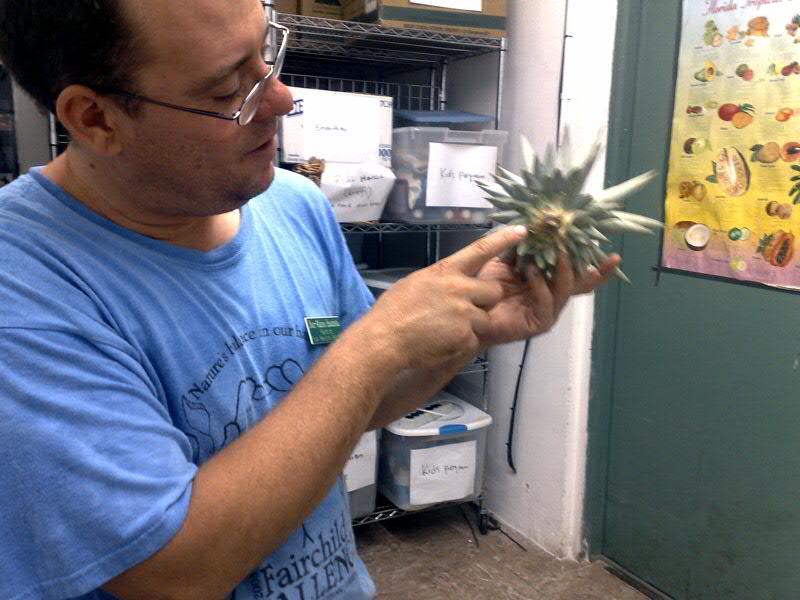
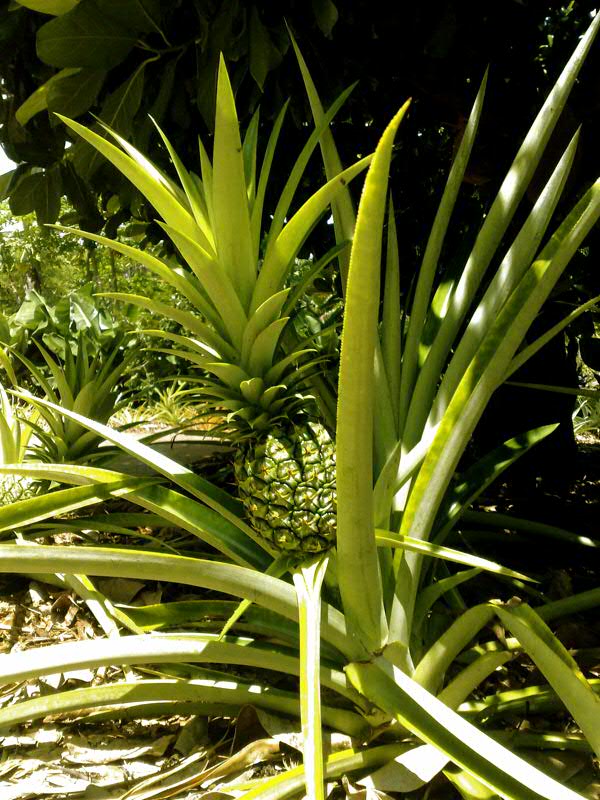




No comments:
Post a Comment